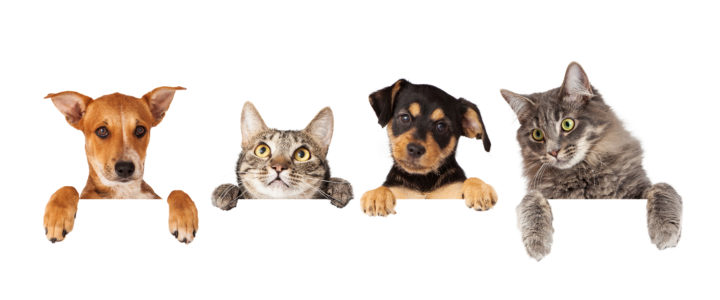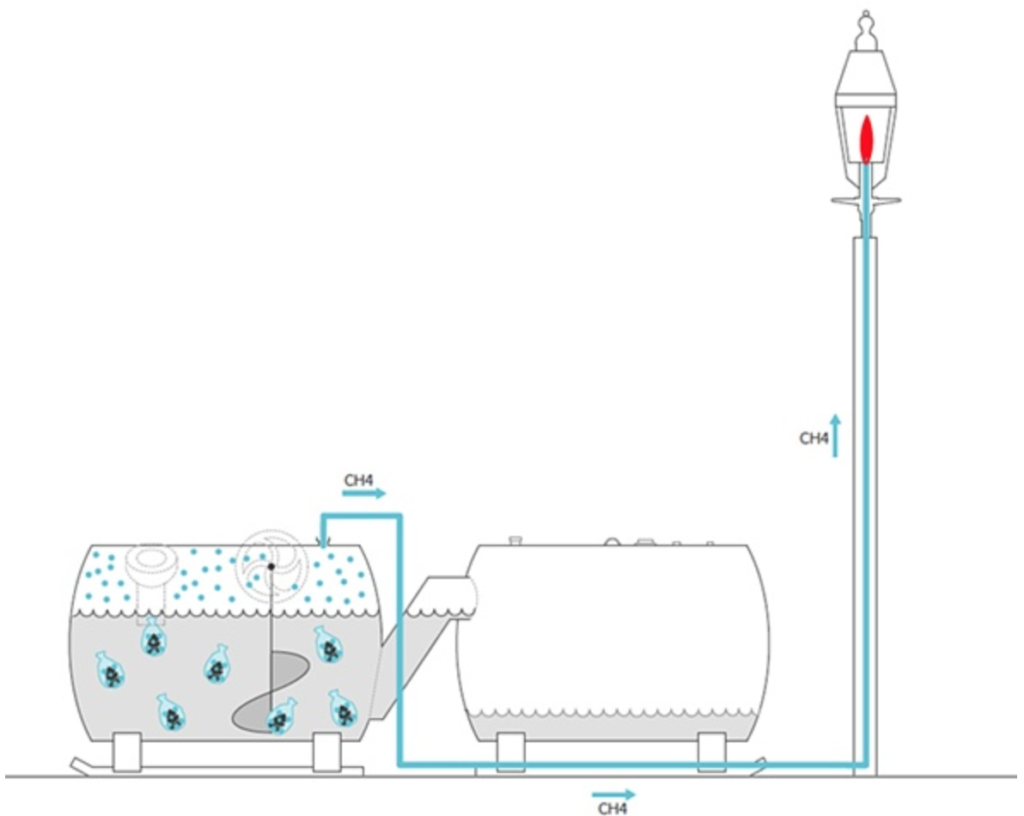

Owning a pet has its rewards. Studies about the companionship from a pet have shown a significant increase to the owner’s health, socializing and general mood. But we are often asked “what about the carbon footprint of owning a pet?” We have previously debated the benefits of owning a pet. The higher footprint from meat eating versus encouraging lower carbon footprint activities like walking and a tendency for vacationing closer to home for their owners.
But the billions of dollars spent each year on pets has not gone unnoticed by the scientific community. And when it comes to sustainability, that is good news.

A decade ago, the Park Spark Project was developed in Massachusetts to use the methane gas from dog waste to provide light from a burning flame. The excrement collected releases the methane and once it is burned releases CO2 and water. The C02 released is much less damaging as a green house gas (30-70 times less) than methane.
In 2015, Geneva-based designer Océane Izard, began designing a similar device for the home. The principal is the same. Bacteria break down the dog waste, releasing methane that can be converted into electricity.
In 2018, Brian Harper an inventor in Malvern UK, puts his spin on another lamp powered by dog poop. The byproduct can be used to fertilize gardens.

So after a decade of various concepts that produce the same result, why has this not moved into the mainstream? While pets as a collective will give off an enormous amount of harmful gases, when scaling it down to a household of individual pets is there a community mindset? We do need to consider the requirements for sustainable pet ownership. And just as climate action requires both community and government support, so too will moving pet ownership to be sustainable.
So how should you function with a pet and live a sustainable lifestyle? Unfortunately with today’s infrastructure this is not a reality. One of the main areas of your pets carbon footprint is food. Over $70 billion was spent on pets last year with more than a third of that allocated to their diet.
If your pet requires a meat diet, depending on the size, they may be the cause of emissions up to 2 ton of carbon dioxide per year. Consult with your vet if you can substitute for rabbit or chicken rather than the larger livestock products. Make sure to investigate the sustainably sourced and recyclable packaging options. That goes the same for cat food, which often sourced from trawlers using drag net fishing. Investigate whether it has been sustainably sourced – there will be accreditation on the package.
Ensure you are using natural cat litter as the alternatives contain chemicals that have increased emissions and are bad for the environment. Any cleaning products should be natural , organic and chemical free. Try to use biodegradable soap to lessen your impact on the environment.

If you don’t have access to one of the poop to power options we mentioned earlier, ensure you collect it in a biodegradable bag and dispose of it properly. Excrement is the source of many diseases.
There are plenty of organizations to help you out with your research. The Pet Sustainability Coalition is an organization that is trying to help out the pet industry reach their ambitiously sustainable goals.
Having a partner on your journey to sustainability is the best way to get encouragement and support. Why can’t that partner be mans best friend?



